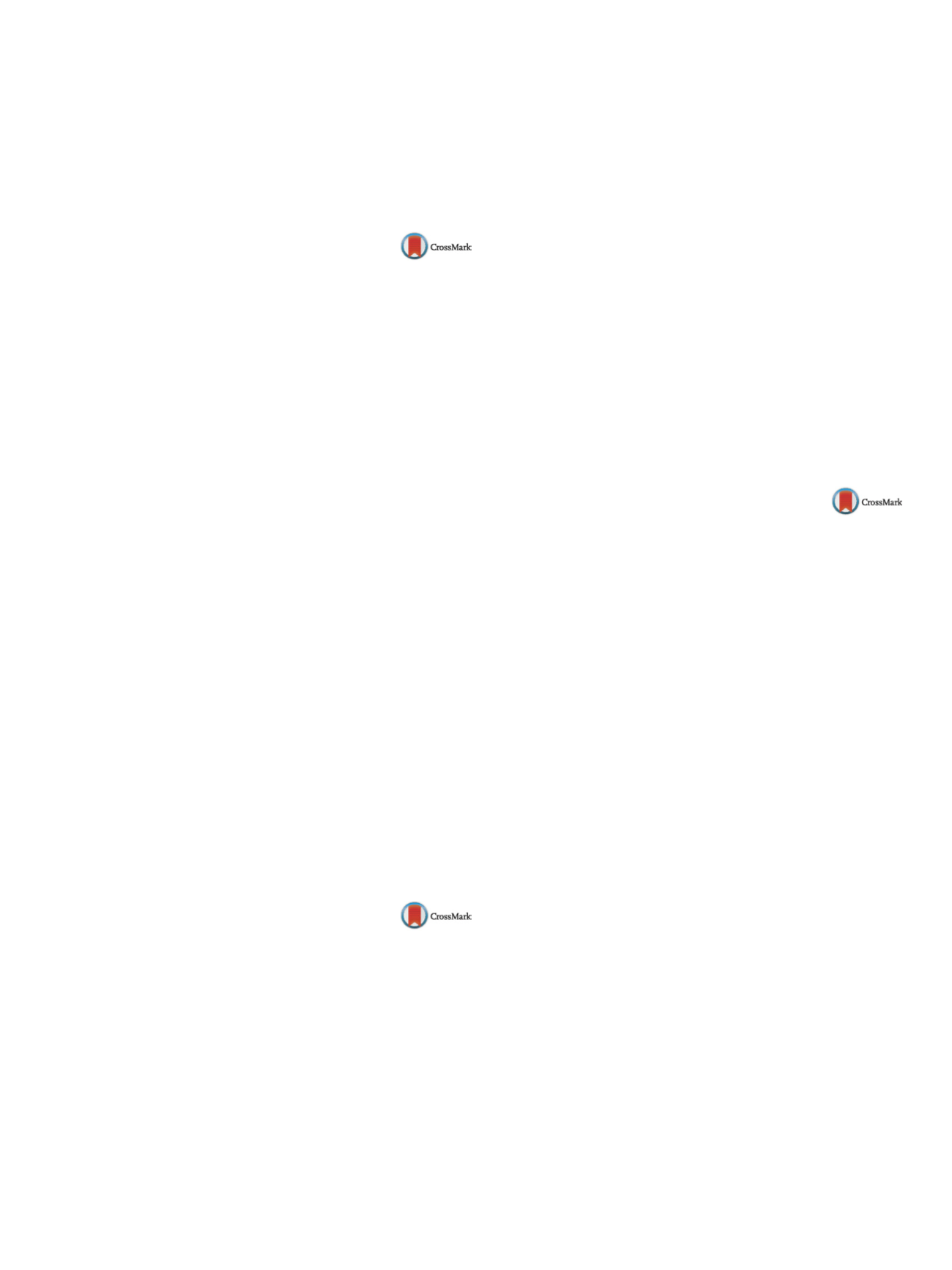

25th European Congress of Psychiatry / European Psychiatry 41S (2017) S847–S910
S883
total but addiction to medication and eating disorders seems to be
much more common in women whereas addiction to drugs prob-
ably more common in man.
Disclosure of interest
The author has not supplied his/her decla-
ration of competing interest.
http://dx.doi.org/10.1016/j.eurpsy.2017.01.1783EV1454
Central nervous system grey matter
decreases in volume in smokers
impacting cognitive abilities:
A systematic review
M. Vnukova
∗
, R. Ptacek , J. Raboch , G. Stefano
Department of Psychiatry, First Faculty of Medicine Charles
University in Prague and General University Hospital in Prague,
Prague, Czech Republic
∗
Corresponding author.
Background
Even though cigarette smoking is a leading cause
of preventable mortality, worldwide tobacco is consumed by
approximately 22% of population. Smoking is also one of the risk
factors for cardiovascular disease and it impacts our brain pro-
cessing as well as being one of the recognised risk factors for
Alzheimer’s disease. The tobacco toxins may cause these disor-
ders, e.g., nicotine at high levels, which are inhaled, resulting in
preclinical brain changes. Researchers suggest that there are dif-
ferences in brain volume between smokers and non-smokers. This
reviewexamines these differences on the brain greymatter volume
(GMV).
Material/methods
In March/April 2015: MedLine, Embasse and
PsycInfo were searched using terms: “grey matter”, “voxel based”,
“smoking” and “cigarette”.
Results
Studies found brain GMV decreases in smokers compared
to non-smokers. Furthermore, gender specific differences were
found, while thalamus and cerebellum was affected in both gen-
ders decrease in olfactory gyrus was found only in male smokers.
Age group differences were also found and these may suggest pre-
existing abnormalities that lead to nicotine dependence in younger
individuals. Only one study found positive correlation between
number of pack-years and GMV.
Conclusion
Smoking decreases the volume of greymatter inmost
brain areas. This decrease may be responsible for the cognitive
impairment and difficulties with emotional regulation in smokers
compared with non-smokers.
Disclosure of interest
The authors have not supplied their decla-
ration of competing interest.
http://dx.doi.org/10.1016/j.eurpsy.2017.01.1784EV1455
Anti-epileptic drugs in opiate
addictions
S. Vucetic-Arsic
∗
, S. Alcaz
Special Hospital for Addictions, Intensive Care Unit, Belgrade, Serbia
∗
Corresponding author.
Introduction
Mood dysregulation came to be a hallmark in addic-
tion diseases.
Objectives
Antiepileptic drugs (AEDs) are used extensively to
treat non-epilepsy disorders, such as mood disorder. Addiction
disease may be triggered by bipolar disorder. Contemporary
theories of addiction focus on pathophysiological mechanisms
that imply a misbalance in the area of motivational behaviour,
cognitive control, inhibitory function and decision-making
processes.
The aimof the studywas to confirm the clinical significance of AEDs
use in the treatment of opiate addicts during hospital detoxification
and in stabilizing period.
Methods
The prospective study comprised 70 medical histories
of the patients treated in hospital setting over a period August
2015–2016. The study included patients with diagnosis of an opiate
dependence and related mood disorders based on the ICD-10 clas-
sification. The rate of opiate withdrawal syndrome was measured
by Objective Withdrawal Scale (OWS).
Results
Our data uncovered a significant correlation between
addiction and bipolar disorders, since 21% of inpatients treat-
ment have co-morbidity. According to a survey, 74% of patients
were treated with AEDs during detoxification period and
in outpatients setting 1 month later. According to OWS in
65% cases AEDs improved the mood and affect, numbness,
sensitivity.
Conclusion
AEDs role in opiate withdrawal syndrome was to nor-
malize the affect, applied as an adjuvant therapy and also used
during the recovery, in order to correct mood fluctuations. The high
rate of co-morbid mental illnesses between addiction and other
mental disorders argues for a comprehensive approach to evaluate
each disorder concurrently, providing treatment as needed.
Disclosure of interest
The authors have not supplied their decla-
ration of competing interest.
http://dx.doi.org/10.1016/j.eurpsy.2017.01.1785EV1456
Socio-demographic, clinical and
therapeutic features of patients
treated for schizoaffective disorder
using cannabis
B. Walid
∗
, I. Marrag , F. Ellouze , M. Nasr
Hospital, Psychiatrie, Mahdia, Tunisia
∗
Corresponding author.
Introduction
Psychotic disorders were formerly associated with
cannabis use. It could accelerate the course of the illness and thus,
constitutes a severity factor in terms of prognosis.
Objectives
To define the socio-demographic, clinical and thera-
peutic profiles of patients suffering from schizoaffective disorder
(ASD) and who are consuming cannabis.
Methods
A retrospective study of 16 patients diagnosed with
ASD, who were hospitalized at the psychiatric department of Tahar
Sfar Mahdia’s hospital, andwhose toxicology test results during the
hospitalization came back positive for tetrahydrocannabinol.
Results
Sixteen patients were gathered, all male, the average
age was 26 years. The average age of first hospitalization was
25 years, 41.9%were unemployed; 76.3% of our sample were single.
Three quarters of patients were hospitalized without consent. The
average hospital stay was 30.33 days. Our patients had required
during their stay an average dosage of antipsychotic, equivalent to
chlorpromazine, of 752.42
±
342.79mg. The average scores of psy-
chometric scales were: BPRS = 55.72
±
14.11, SAPS = 41.5
±
14.80
and 42.11
±
18.88.
Conclusion
Currently, it is recognized that prolonged use of
cannabis is an exogenous risk factor. The association between
cannabis and schizoaffective disorder may amend the treatment
modalities. It requires, thereby, an integrated and simultaneous
treatment of schizophrenia and addictive behavior.
Disclosure of interest
The authors have not supplied their decla-
ration of competing interest.
http://dx.doi.org/10.1016/j.eurpsy.2017.01.1786

















